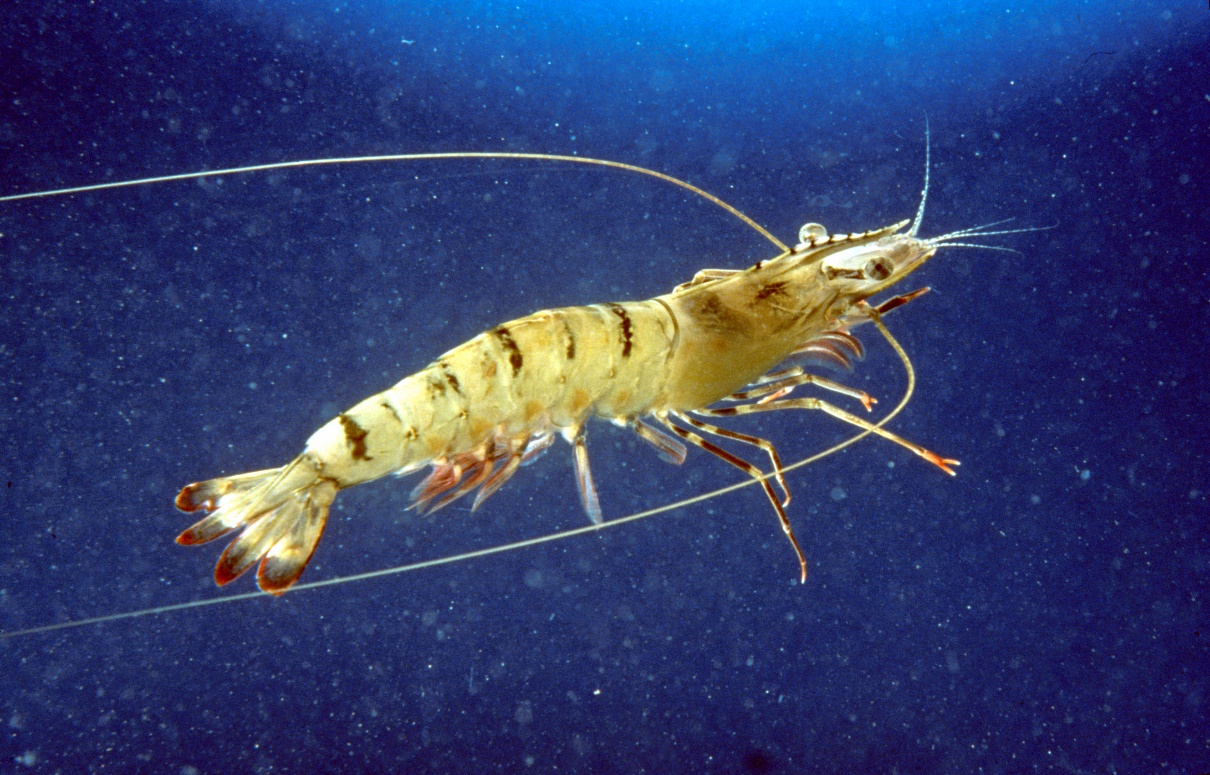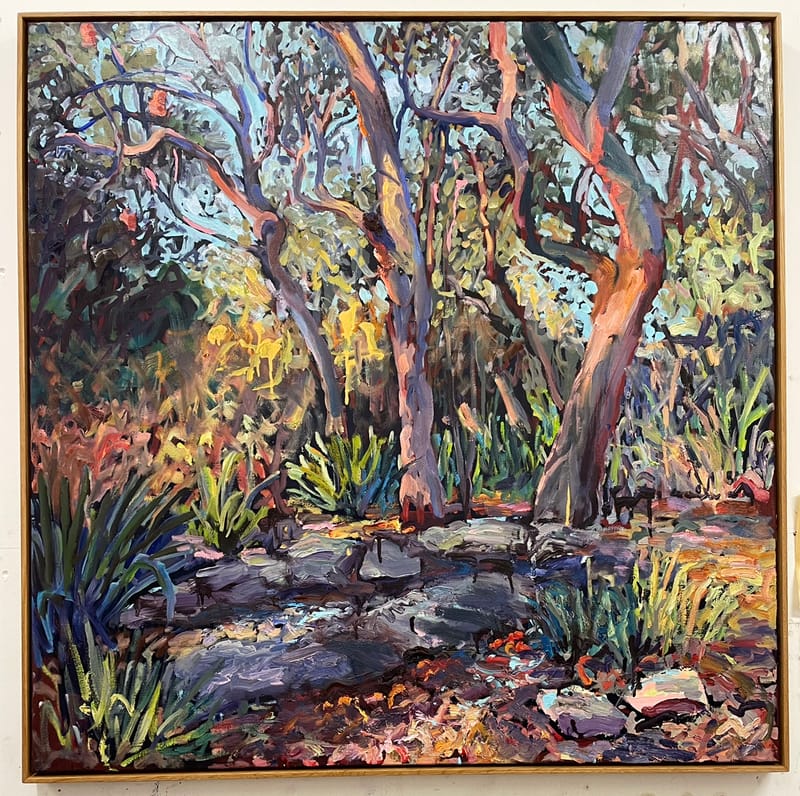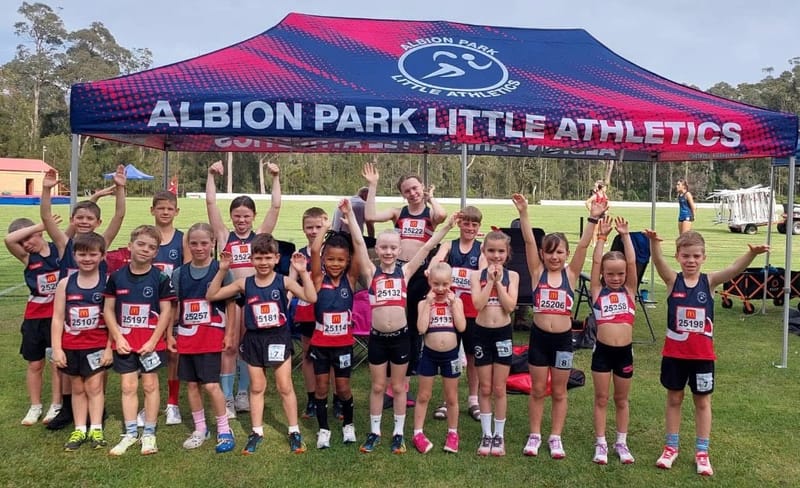Beetling About with school projects
It’s that time of year when it’s warm, things are out and the students have had enough of school for the year. It’s a good time to engage them with some biology. So here are a couple of ideas

It’s that time of year when it’s warm, things are out and the students have had enough of school for the year. It’s a good time to engage them with some biology.
So here are a couple of ideas, which I tried out about 12 years ago. They work best for years 5 to 6 and I tried them out in November and December. They require collecting material, which is probably the biggest problem.
First, get a teacher who’s willing to allow a significant disruption to the class – one to two hours. Second, find a local secondary school willing to loan about 15 simple dissecting microscopes and lamps. The school might also ‘loan’ a few science students to help with the class. Make sure any cables are taped down! For most children, just using a microscope is a great novelty.
A short class project is comparing prawns (I bought a frozen packet of whole ones) with ‘land hoppers’ also known as ‘lawn prawns’. I collected dozens in my garden and froze them.
Prawns and lawn prawns are related but one is aquatic, the other is terrestrial. The class should compare them, draw them, and talk about how their structures reflect the two environments in which they live, e.g. the lawn prawn has strong legs that support body and short feelers; the prawn has weak legs (body supported by the sea) and long feelers. Then discuss how other related animals in the sea and on land show adaptations e.g. seals versus dogs. We did two classes with the same prawns on a hot afternoon – some interesting smells at the end of it.
A longer project (1.5-2 hours) is to arm all the students with a yellow-topped medical sample jar (from the pharmacy) and a clip-lock bag. Then take them out to the playground where there are, hopefully, mixed native and weed plants. Each student collects one ‘bug’ (in this exercise I lent them my net) and one whole leaf – try to make sure about 50:50 weeds and natives are sampled. In the classroom identify each leaf as native or weed and get students to estimate percentage damage of each leaf. Graph this as a pair of bar charts for native and weed – one above the other – showing percentage damage for each leaf. I did this three times – there was an average 20% damage to natives and 2% to weeds. Most damage is by insects. Birds feed on insects, so if the students want to encourage birds in the garden, what do they tell their parents? (Hint: no more roses, Mum.)
Use the microscopes to examine the ‘bugs’ in the jars and ask them to estimate whether they are predators or not (assume predators = large mouths, large eyes, long legs for rapid movement; non-predators = opposite). There should be less predators than non-predators, but in practice they get very enthusiastic about collecting spiders. But what do spiders eat (and are too difficult to catch)?
Get them to think about this ‘pyramid of numbers’ (drawn on the whiteboard). What’s at the bottom? What’s above predatory spiders and bugs? What’s at the top? The cleverer ones will say humans.
For general insect enquiries, visit australianmuseum.net.au/learn/species-identification or submit questions for Chris via the Get In Touch page





